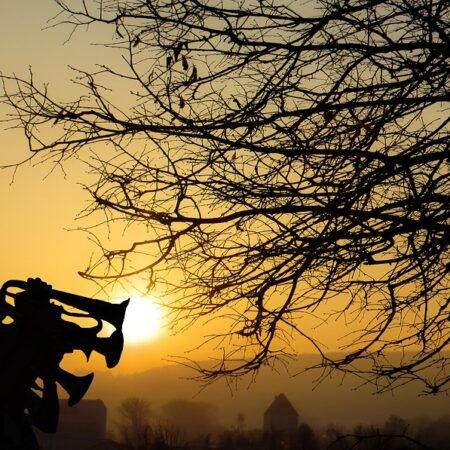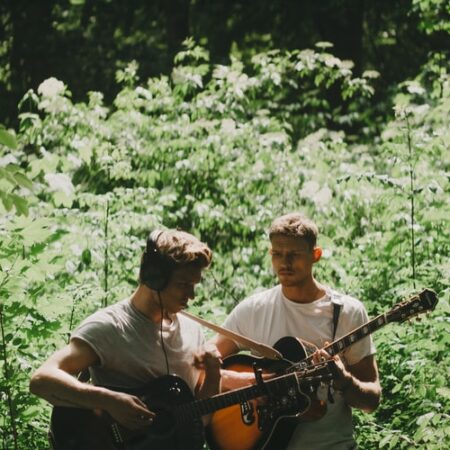What are we looking for when we visit a tourist destination? The answers change, of course, from person to person, but there’s more to it. On a large scale, in recent years, the possible answers to this question have moved towards what is commonly known as responsible tourism. In other words, we feel less and less like tourists and more and more like travellers. This is why, alongside the desire to have fun, relax, unplug, and forget our daily routine, we tend to look for richer and more meaningful cultural experiences. Travellers want to immerse themselves in the spirit of the territories they visit, to encounter local traditions, to return home having learned something, having directly experienced another culture. Within this new framework of the tourist industry, music has proved a key tool for promoting regions, countries, or municipalities.
Why have tourists become travellers?
This is one of the most interesting phenomena that have occurred in the tourism industry in recent years because it involves a wide-ranging cultural change. Many factors have contributed to this transformation. First of all, globalisation has “brought the planet closer together”, making information directly available and allowing anyone, anywhere in the world, to see faraway places, learn about their stories, even buy products and try the cuisine of any country, not to mention the infinite possibilities for learning languages and consuming media. So how can any travel experience still be unique? It is precisely this search for uniqueness that has pushed more and more travellers to seek a deeper connection with the places they visit, to find something special take with them, upon returning home, something that “local” rather than “global”, something that cannot be replicated or purchased on Amazon. And the conclusion that many have come to is that uniqueness is to be sought precisely in the experience of other cultures, in having learned something new. It is precisely in this context that the use of music as an instrument of territorial promotion is becoming increasingly widespread.
The role of music in territorial marketing
The landscapes of each country, region, or city are dynamic, heterogeneous, and made of many different elements, both material and immaterial. Travelling is a multisensory experience and territorial marketing should always take this multisensory experience into account and use it to promote each territory in the best possible way. This is why music can and should be taken as an element of identity affirmation and territorial marketing. The musical tradition of any territory includes various factors, from collective and individual artistic expressions to musical instruments and styles, associated with specific places. It is no coincidence that there are sounds that we immediately associate with certain national or local identities: just think of the Argentine tango, the sounds of Irish folk music, the Portuguese fado, the wide range of Latin American dance music, Brit Pop, and even the metal scene of northern European countries. Regardless of styles and subcultures, we are constantly surrounded by sounds that have a strong territorial identity. And it is increasingly common for marketing campaigns to incorporate music as a promotional tool designed for a specific target audience, for example by promoting experiences such as festivals or other musical experiences combined with other aspects of local tradition.
How to use music in territorial marketing
The best results in territorial marketing are always obtained by starting from the real and already consolidated strengths of each destination, both on a local and national level. This means thinking about cultural phenomena – especially music-related ones – that are already naturally and historically associated with a territory’s identity and then focusing on making them accessible and relevant to the target audience. Here a fascinating universe of possibilities opens up: from the organisation of festivals to the creation of itineraries that allow the exploration of the history and expressions of a certain musical culture, perhaps with the support of translations and in combination with food and wine tastings. The aim must always be the creation of an authentic and unique multisensory experience that cannot be replicated outside the context of the journey. In this way, we speak directly to a specific target group whose members identify as travellers – who are also more likely to be loyal to a destination and visit it multiple times – rather than a generic audience of potential “tourists”.

